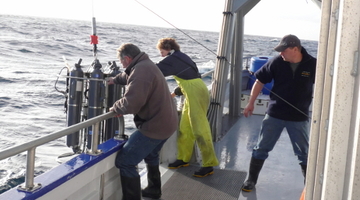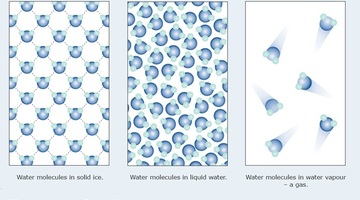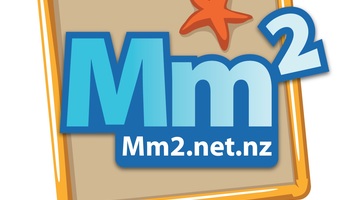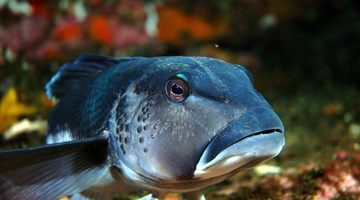

Dr Kim Currie from NIWA studies carbon dioxide in the upper ocean around New Zealand. This helps her understand the role of the ocean in the carbon cycle and how the ocean and the atmosphere ...
READ MORE

Riley and Steve Hathaway want to change the way young people think and act towards the ocean. Their vision is to “Inspire kids to enjoy and care for the world’s oceans”. Rights: The University of ...
READ MORE

Position: Television presenter and producer, Field: Education and entertainment, Organisation: Young Ocean Explorers. Teenager Riley Hathaway started life as a water baby. With a dad who loves ...
READ MORE

In this activity, students use water to explore its properties as a solid, liquid or gas. By the end of this activity, students should be able to: identify one or more characteristics of water in ...
READ MORE

Environmental DNA (eDNA) has revolutionised how scientists monitor ecosystems and identify the species that live in them. eDNA is genetic material found in hair, scales, skin and even faeces ...
READ MORE

In this activity, students learn about the surface tension of water by experimenting with bubbles. By the end of this activity, students should be able to: demonstrate the effect of soap on ...
READ MORE

This citizen science project wants your assistance to extract information from various climate scientific graphics to help combat misinformation and support scientific communication. Using this ...
READ MORE

Marine Metre Squared is a New Zealand citizen science project that supports communities to monitor their local seashore. The project has been designed to provide meaningful, valid environmental ...
READ MORE

Weddell seals and orca are among the top predators in the Ross Sea region of Antarctica, and more than half of the Weddell seal population can be found in the Ross Sea. Information about changes ...
READ MORE

Seaweek is New Zealand’s annual national week about the sea. It is coordinated by the Sir Peter Blake Marine Education and Recreation Centre (MERC) and includes a wide range of events ...
READ MORE

Do you need resources for Seaweek? Are you planning a science unit on the sea? In this online PD session recorded on 18 February 2016, PD provider and teacher Barb Ryan explores some of the ...
READ MORE

There are many marine classroom activities and resources on the Science Learning Hub useful for Seaweek 2015. This online PD session recorded on 19 February 2015 shows primary and secondary ...
READ MORE
Our oceans are absorbing about one-third of the carbon dioxide in the atmosphere. As a result, they are becoming more acidic. Associate Professor Abby Smith, from the University of Otago, is ...
READ MORE
In this video, Dr Candida Savage, from the University of Otago, talks about how New Zealand’s pristine habitats are like ‘natural laboratories’. This is because they offer good opportunities to ...
READ MORE
In this video, Associate Professor Stephen Wing, from the University of Otago, talks about how our understanding of food webs has changed over the years. We now have a much better understanding ...
READ MORE

Sea stars have many weird and wonderful adaptations including both sexual and asexual reproduction. Click on any of the labels in this interactive to view short video clips or images to learn ...
READ MORE

Sea stars have many weird and wonderful adaptations – including some unusual internal systems. Click on any of the labels in this interactive to view short video clips or images to learn more ...
READ MORE

This interactive explores water as a solid, liquid and gas. The water molecules stay the same, but they behave differently as they change from one form to another. Click on the labels for more ...
READ MORE